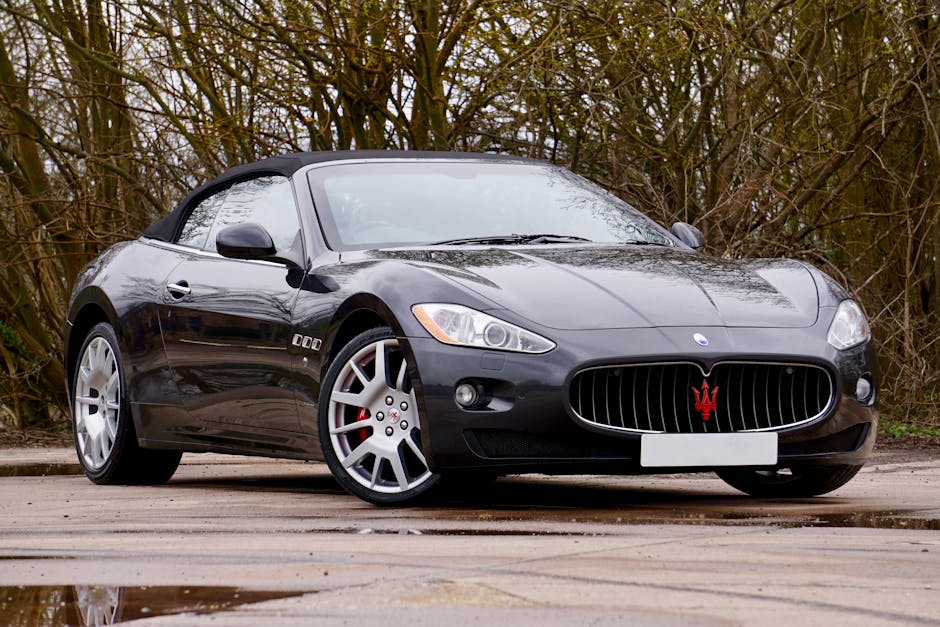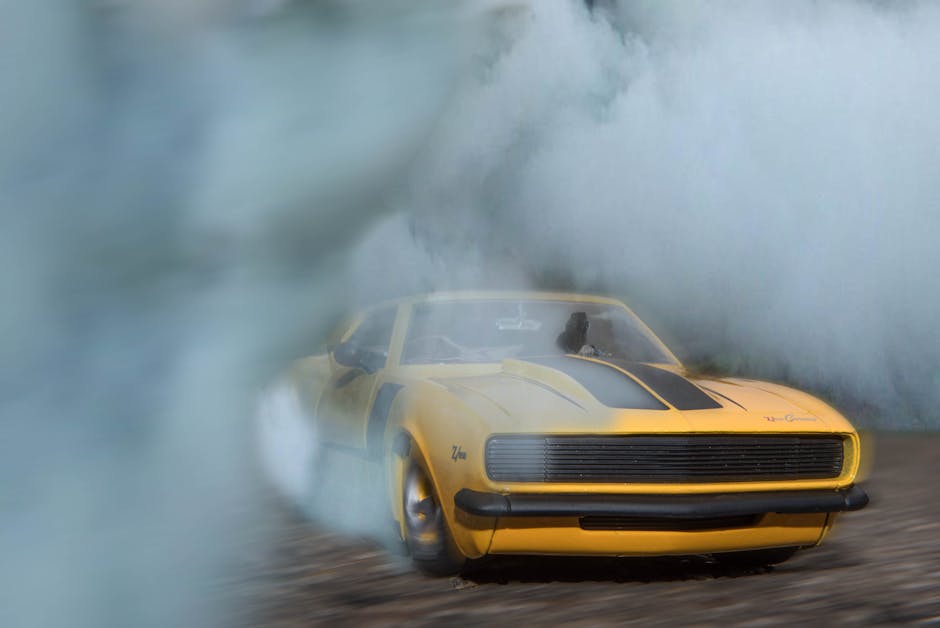 Swipe for more categories
Swipe for more categories 
Driving Tips Positioning
Warning: Undefined variable $post_id in /var/www/dsw/wp-content/themes/DriveSmart_2024_v1.1/single.php on line 27
July 11, 2023
Warning: Undefined variable $post_id in /var/www/dsw/wp-content/themes/DriveSmart_2024_v1.1/single.php on line 75
Driving Tips Positioning
Warning: Undefined variable $post_id in /var/www/dsw/wp-content/themes/DriveSmart_2024_v1.1/single.php on line 76
July 11, 2023
Throughout our professional lives, we often find ourselves behind the wheel, driving to work, meeting clients, or traveling for business. It is thus imperative to understand the importance of proper driving techniques, most notably, correct driving position. Driving effectively is far more than just a means of transportation; it’s an art that can lead to safer, smoother, and more efficient journeys.
This blog post will unravel invaluable tips towards improving your driving skills, focusing primarily on positioning. Whether you’re a seasoned professional driver or a novice, these tips will help you enhance comfort and control, reduce fatigue, and make your commute more enjoyable.
Let’s delve into the world of ‘Driving Position tips’ and sharpen our skills for the betterment of our journeys.
(Keeping a Safe Distance): Detailed instructional tips and measures on maintaining a safe distance, covering both moving and stationary vehicles.

Remaining cognizant of the space around your vehicle is critical while driving. One way to achieve safety is by keeping a decent distance from other vehicles.
When the vehicle ahead of you is moving, use the “three-second rule”. Note when it passes a certain point, such as a sign, then count, “one-thousand-one, one-thousand-two, one-thousand-three.” If you pass the same point before you finish counting, you’re too close. If conditions are adverse, increase the count to five seconds.
Equally important is the distance from stationary objects. When parking, ensure your vehicle is at least a door’s width from other cars. This prevents damage and eases exiting. Similarly, leave ample space between your car and non-moving hazards.
Ultimately, maintaining a safe distance is an essential part of responsible and professional driving. With these tips, you’ll be safer out on the roads.
(Positioning According to Speed): Discuss how different speeds can dictate different positions on the road. Consider aspects such as lane selection.
Navigating a vehicle at different speeds requires strategic positioning on the road, specifically when it comes to lane selection. At higher speeds, opting for the fast or passing lane, traditionally the leftmost lane, is best. This strategy allows for smoother and safer passing of slower traffic.
Conversely, driving at slower speeds typically necessitates the rightmost lane placement. This conservative stance not only respects traffic flow norms but also enables faster vehicles to overtake with ease, alleviating potential road rage incidents.
Staying mindful of speed-to-lane correlation is essential. It preserves road discipline, promotes safety, and leads to a more efficient flow of vehicles. Ultimately, the key takeaway is to adjust your road positioning based on your speed. This awareness keeps drivers safer and ensures a more harmonious driving experience for all. Good positioning is not just about precision – it’s about respect for others sharing the roadway.
(Positioning on the Highway): Specific tips and tricks on highway positioning. Discuss elements such as distance from other vehicles and overall lane positioning.

Navigating hectic highways can be challenging, but with a few strategic tips, it can be an easier endeavor.
Firstly, maintaining a safe distance from the car in front is crucial. A general rule is to stay three seconds behind, ensuring sufficient time to react for unexpected stops or turns.
Lane positioning is also critical for safer driving on highways. Stick to the middle lane whenever possible. The left lane is for passing, while the right lane is often for entering or exiting the highway.
Lastly, never forget to signal your intentions. Whether you’re changing lanes or exiting the highway, using your signals keeps you and other drivers safe. Remember, proper positioning can not only reduce stress but also increase safety on the road. Always stay focused and aware of your surroundings.
(Making Full Use of Mirrors): Dive into the role of side and rearview mirrors for maintaining optimal positioning on the road. Discuss proper ways to adjust and make full use of them.

On the open road, side and rearview mirrors serve as your silent guide to ensure safer execution of maneuvers. Strategic adjustment and use of these mirrors is paramount to maintaining optimal positioning and overall situational awareness.
Before setting off, side mirrors should be adjusted to just see the edge of your car. This wide view reduces blind spots significantly. The rearview mirror, on the other hand, should provide a full scanning of the road behind you.
On the move, your mirrors are the eyes at the back of your head. Some experts recommend glancing at your mirrors every five to eight seconds. This doesn’t only aid in tracking the actions of vehicles behind you but also helps devise your next move.
To make full use of mirrors, consistent attention, and right-angle view is the key. Master this simple, yet crucial art and navigate the road with better confidence and professional deftness.
(Positioning During Bad Weather): Discuss how your position might change while driving under adverse weather conditions.

Adverse weather conditions can significantly impact your driving position on the road.
In heavy rain or snow, it’s crucial to position your vehicle farther from the vehicle in front of you to create an elongated stopping distance. While typically a safe following distance is about three seconds, in bad weather, you should increase it to six seconds to allow ample time to react.
Fog can drastically reduce visibility. During foggy conditions, make sure you are driving in the middle of your lane and avoid changing lanes unless absolutely necessary. It’s also vital that your headlights are on, allowing other drivers to see you more clearly.
Wintry conditions may require the use of snow chains or winter tires to enable better road grip. Extra caution should be observed in searching for black ice, and ensure your vehicle is positioned to avoid potential skidding.
Remember, safety should always be your primary concern when driving in bad weather conditions.
(Correct Parking Positioning): Share tips on the correct positioning of vehicles while parking, both parallel and perpendicular.

Parking a vehicle correctly is an integral part of safe and proficient driving. Good parking starts by choosing an appropriate spot. Once chosen, approach the spot slowly while signaling your intentions to other drivers.
In parallel parking, align your vehicle with the one in front of the space. Gradually reverse into the slot, steering sharply towards the curb just until your front door passes the back bumper of the vehicle next to you. Then, straighten your wheel and continue to reverse until your vehicle is centered within the space.
For perpendicular parking, start by aligning your vehicle with the far line of the parking slot. Turn your wheel sharply and begin to reverse slowly into the space. Once your vehicle is halfway into the parking slot, straighten your wheel. Both parking techniques, if implemented right, ensure you leave sufficient space for your vehicle and others, minimize the chances of scratches and allow easy access in and out of your vehicle.
(Positioning for Fuel Efficiency): Discuss how the position of your car on the road can impact fuel efficiency, covering optimal lanes and speeds.

As a driver, you directly influence your car’s fuel efficiency through how and where you position your car on the road.
The middle lane often permits you to maintain a steady pace, minimizing instances of acceleration and deceleration, which inefficiently use fuel. The right lane, typically the slowest, may also prevent excessive fuel usage by keeping speeds in check.
Speaking of speed, it directly impacts fuel efficiency. Driving faster doesn’t merely use more fuel per meter traveled. It significantly increases air resistance, which your car must work harder, using more fuel, to overcome. Thus, maintaining an optimum speed is crucial for maximizing your car’s fuel efficiency.
Moreover, being aware of the road conditions ahead – and adjusting your driving accordingly – can also save fuel. Smooth and steady driving, without unnecessary speed changes, can significantly decrease fuel consumption.
(Positioning your Hands on the Steering Wheel): Tips on the proper positioning of hands on the steering wheel for optimum control, and safety.

Proper positioning of your hands on the steering wheel is tantamount to maintaining optimum control and safety while driving.
Traditional driving lessons suggest the ’10 and 2 o’clock’ hand positioning. However, according to the National Highway Traffic Safety Administration (NHTSA), ‘9 and 3 o’clock’ is now the recommended positioning.
Having your hands at the sides of the steering wheel creates a more stable base for making swift, controlled movements. Moreover, this placement helps prevent injury during airbag deployment.
Grip the steering wheel gently but firmly. Over gripping can cause fatigue and impact your control over the vehicle.
Practice adjusting your hands while parked until it becomes a habit. Proper positioning leads to better control, improved driving response, and, ultimately, increased safety on the road.
"> /var/www/dsw/wp-content/themes/DriveSmart_2024_v1.1/single.php on line 177
">
"> /var/www/dsw/wp-content/themes/DriveSmart_2024_v1.1/includes/quote-modal.php on line 8
">


